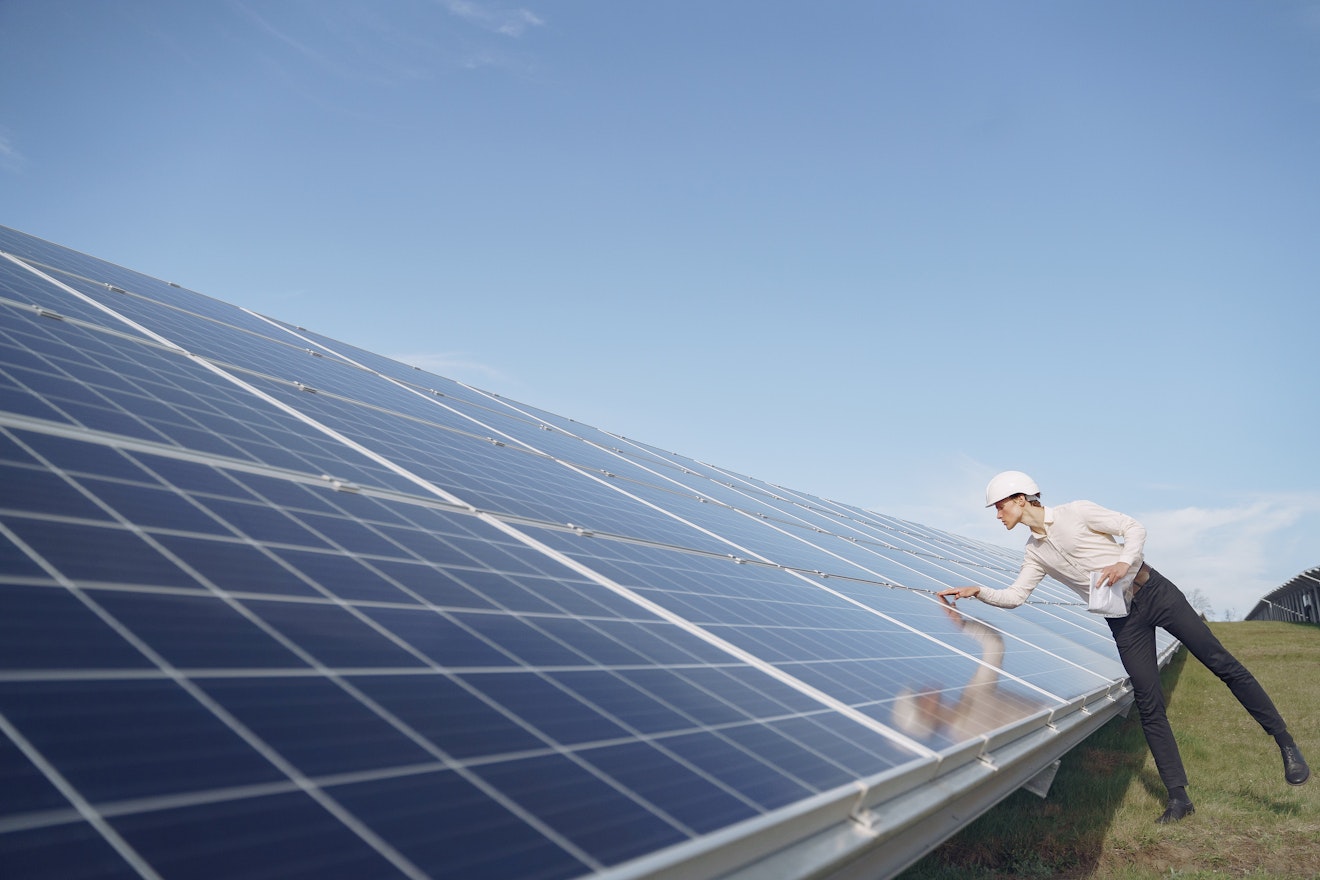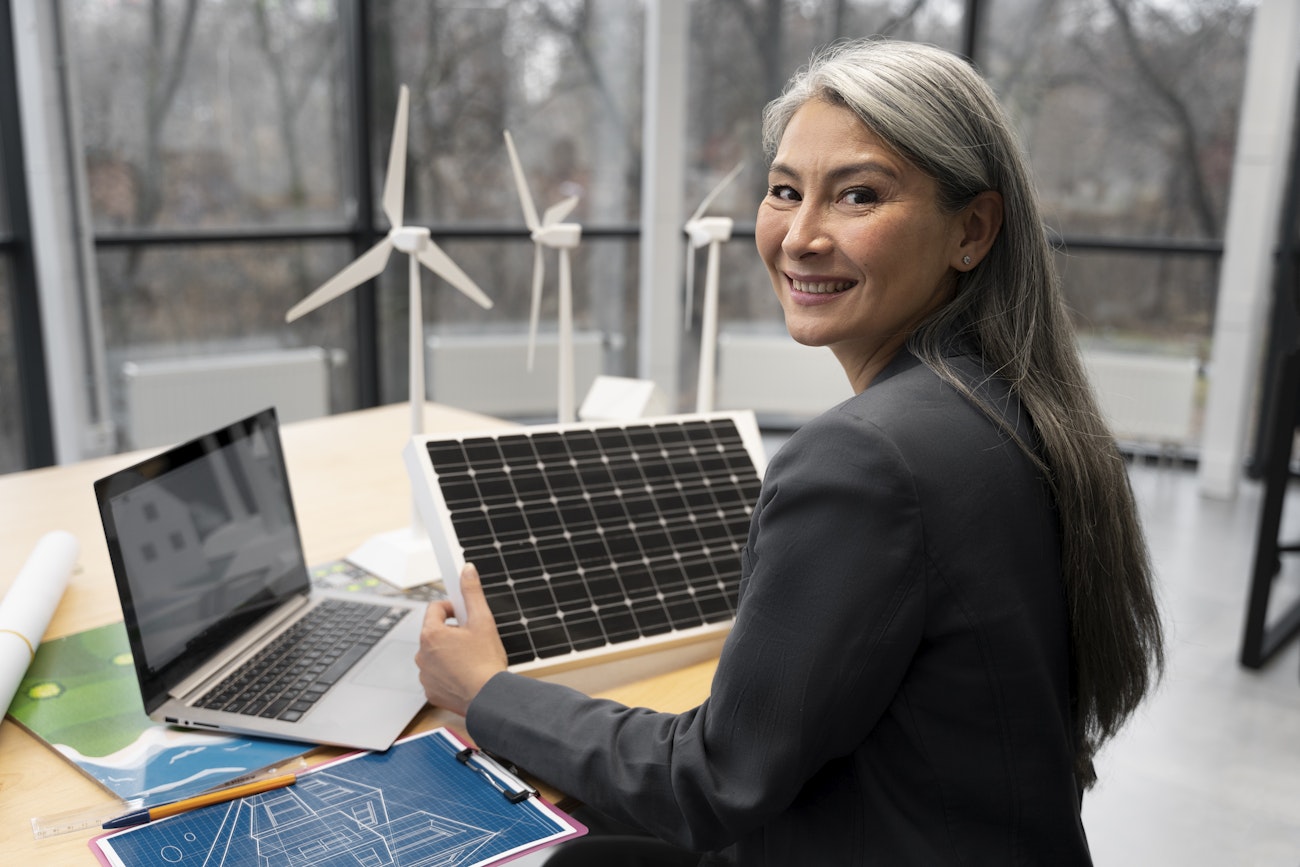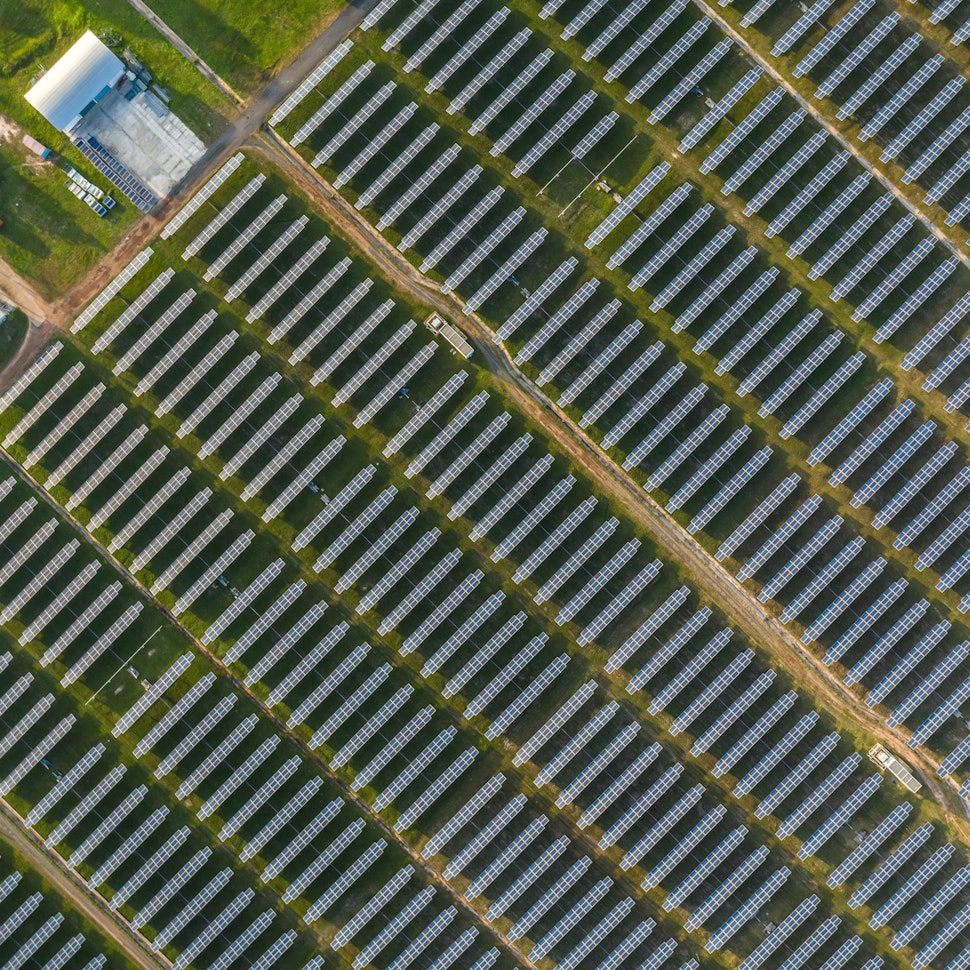- Solar energy blog
- The role of women in the energy sector in Spain
The role of women in the energy sector in Spain


Alicia Herrera
Territory Manager - Spain & Portugal
Alicia Herrera Alonso started her journey at RatedPower as an Ssales Development Representative intern and has grown into her current role as Territory Manager. She brings first-hand knowledge of the renewable energy sector and a passion for helping companies design and optimize their solar projects.

Content
The energy sector, both worldwide and in Spain, is in the midst of significant change. The clock is ticking, and as we sprint towards the green transition, Spain is taking strides in creating a clean, renewable energy sector. As we gear up to face this new reality, there’s another pressing challenge that needs our attention, the issue of gender equality within the sector.
Want to learn more about the state of renewable energy in Spain, Iberia and find out how renewable energy is expected to rise by 64% in 2025? Track Iberia’s journey to becoming a major player in the renewable landscape by downloading our State of Green: Iberia 2023 eBook.
As the future of energy continues to evolve, so too must the role of women within it. We all have an important part to play in creating a better future. Let’s look at the role of women in the Spanish energy sector to understand the country’s journey to greater gender parity.

The current state of the energy industry
Traditionally viewed as a male-dominated industry, the energy sector has a significant gender gap. Women represent 39% of the global energy workforce, yet they account for a mere 16% of the traditional energy sector. This figure drops even further when we look at management positions. The wage discrepancy is also stark, with women in energy fields earning 20% less than their male counterparts, even after adjusting for other factors.
Looking at the workforce breakdown, the contrast is equally striking. There are 76% fewer women than men working in the energy sector. This contrast is considerably greater than the average 8% gap found across the total workforce.
Looking specifically at Spain, a country with a booming renewable energy market, as of March 2022, women constituted only 18.2% of the renewable energy labor market. Of those, half of the women who entered the industry occupied administrative roles, with a much lower percentage holding the most qualified technical positions.
Yet, with every challenge comes an opportunity. The clean energy transition is an avenue for innovation and sustainability and a platform for gender diversity. As traditional energy sources give way to renewables, new career opportunities are emerging. This has the potential to offer more room for women’s employment as the role of women in the energy transformation is increasingly being recognized and encouraged.

Despite previous criticism, the European Union (EU) is making strides towards a more gender-inclusive energy sector. The EU Green Deal, which anchors its principles on inclusiveness, justice, and fairness, emphasizes the role of women in the clean energy transition. The European Commission’s Equality platform serves as a nexus for discussions on gender equality in the energy sector, highlighting best practices and encouraging Member States to grow the number of career opportunities for women in energy.
Another important consideration is that women’s participation in technical and leadership roles is not just a matter of equity but also a business imperative. A diverse talent pool can offer a variety of perspectives, encourage innovation, and enable the energy sector to navigate the clean energy transition successfully.
This means that it’s vital to improve gender diversity and have more women enter the energy industry. RatedPower embraces this philosophy, with women occupying two-thirds of its leadership positions and making up 40% of its diverse workforce.
However, some significant barriers still exist, particularly in societal attitudes toward STEM careers. Women are still underrepresented in STEM disciplines and self-employed professions in science, engineering, and technology. They are also often discouraged from pursuing technical fields due to pre-existing biases. Initiatives like Women TechEU aim to challenge these biases and promote gender equality in research and innovation.
Although time is of the essence, the drive toward clean, sustainable energy is a long-term plan. For this reason, a holistic approach that integrates environmental, healthcare, and educational values must be adopted.
What is Spain doing to address the gender gap in the energy sector?
The gender gap issue within the energy industry is being taken much more seriously than it used to be. Countries like Spain are taking charge, with efforts underway to redefine the sector and make it more inclusive.
Efforts initiated by The Naturgy Foundation are just one example of significant steps being taken in the right direction. In conjunction with Institute for Just Transition (ITJ), they initiated a comprehensive study analyzing the role of women in the energy industry. This research provides the first in-depth diagnosis of the gender issue in the sector, a crucial first step toward addressing the problem.
Another notable entity working towards change is the Spanish Photovoltaic Union (UNEF). As the dominant sectoral association of solar energy in Spain, UNEF has committed itself to the “full and equal integration of women throughout the photovoltaic value chain.” The union understands the necessity of implementing policies that actively promote inclusion, eliminating discrimination and inequality.
The goal is to tap into the talent that is vital for a successful energy transition. Recognizing the renewable energy sector’s potential to offer many opportunities for female talent, UNEF strives to contribute to social integration and sustainable energy for everyone.
The quest for gender equality in the energy sector is also happening at the European Union level. Initiatives like Women TechEU aim to elevate women in the energy and scientific industries. This EU-funded program supports 50 female-led deep-tech startups through financial support, mentorship, and coaching. This empowerment will help these women grow and establish themselves as future industry leaders.
With more than 275,000 solar and storage jobs expected to open up over the next decade, download our handy guide for hiring solar PV engineers and discover the key skills and competencies you need to look for when hiring top talent.

The principle of equality is deeply entrenched in the EU’s ethos, as expressed in Article 8 of the Treaty on the Functioning of the European Union (TFEU). It states, “In all its activities, the Union shall aim to eliminate inequalities and to promote equality between men and women.” More explicitly, the Governance of the Energy Regulation, part of the Clean Energy Package, calls for all member states to integrate gender equality into their National Energy and Climate Plans.
On top of these efforts, there are also projects like W4RES. This is a three-year EU-funded initiative aimed at boosting the involvement of women in the Renewable Heating and Cooling (RHC) market. It does this via replicable support measures that have been tested and validated throughout eight different European countries.
As we chart the course of the energy sector’s future, Spain and the EU at large are not just focusing on harnessing the power of the Earth’s natural resources; they’re also beginning to channel a potent resource often overlooked, women. While progress has been made, there is still much more ahead.
To achieve a truly equitable sector, we need to continue working towards integrating women in energy, particularly into technical roles. If recent initiatives are any indication, it’s a challenge the industry is ready to take on.
Ready to accelerate your PV engineering process? Start using RatedPower today. Optimize, innovate, and boost your solar project's profitability.
Latest stories
Related posts
Market analysis
Power where it’s needed: Solving LatAm’s grid instability with distributed solar and storage
Find out how a bottom-up approach is solving LatAm’s grid instability, with community-led solar and storage projects giving people control over their energy.
Updated 29 DEC, 25

Market analysis
Powering through the peak: Why solar + storage is gaining momentum in MENAT
Discover how MENAT is building a functioning solar economy and why rising peak demand during extreme heat is squeezing its energy architecture.
Updated 11 DEC, 25


Market analysis
The rise of utility-scale PV + storage plants in Italy
Discover how Italy’s latest policies and auctions are driving utility-scale solar and battery storage projects to meet ambitious 2030 targets.
Updated 4 DEC, 25

- RatedPower
- Solar energy blog
- The role of women in the energy sector in Spain
 Watch a demo
Watch a demo Ask our AI Product Expert
Ask our AI Product Expert
